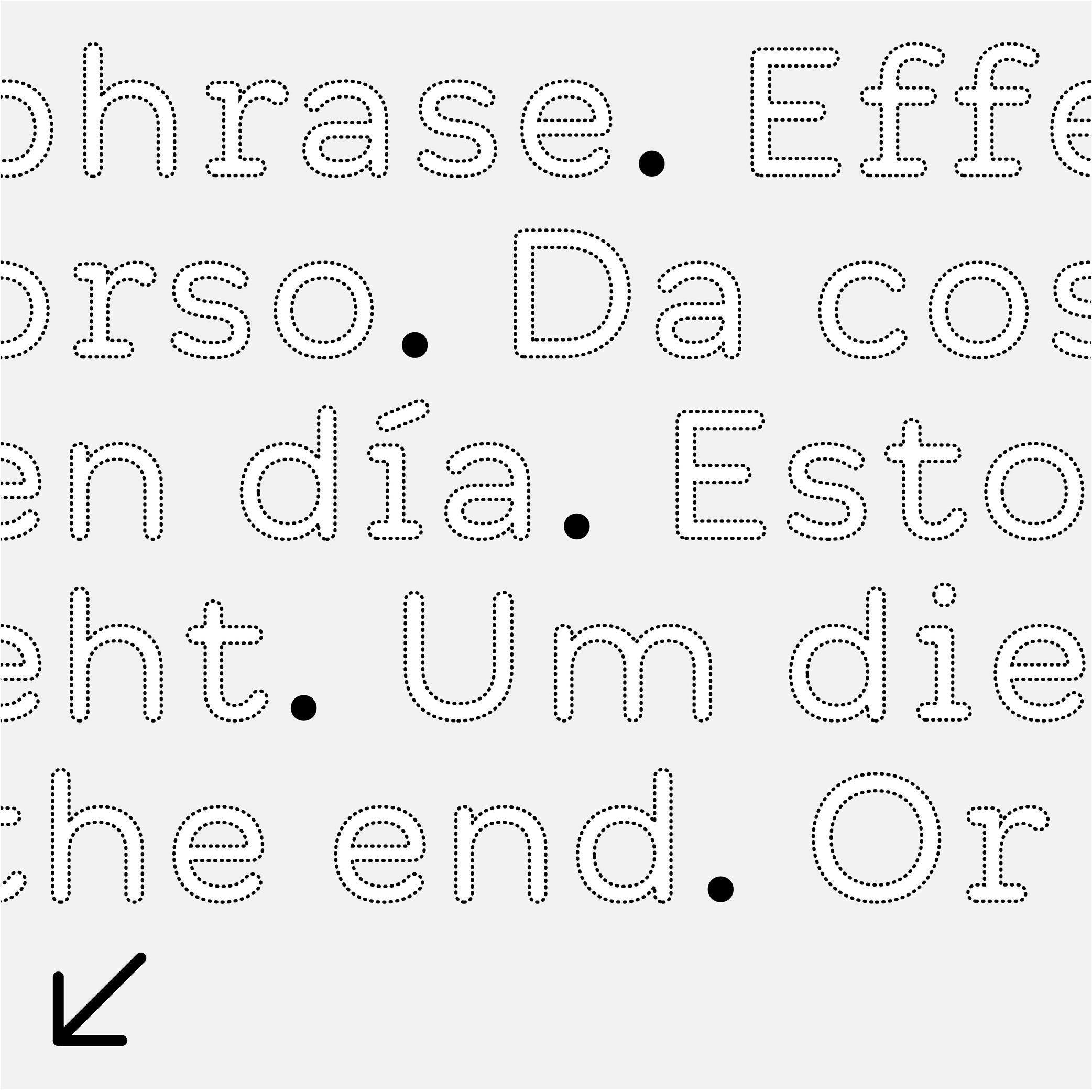Period

Sponsor Word of Type and feature your typeface in this card with a linked caption. Contact us for more information.
Also called full stop.
FUNCTION
The period is a punctuation symbol that marks the end of a sentence.
It is also used to replace sections of letters in abbreviations and, in numbers, to indicate either thousands or the decimal.
In European languages, the period is used to separate thousands while a comma separates decimals. In English, the period is used the other way around:
(European languages) 15.000,05
(English) 15,000.25
In the digital world, the period is often used to separate information from individual categories (domain-name.com).
HISTORY
In Ancient Rome, the period (which looked like a dot placed at the middle height) was used to separate words. Scribes in medieval Europe started using it to separate sentences instead (words were being separated by a space). They also shifted it down to the baseline, which has been kept ever since.
DESIGN
In most scripts, the period is a dot placed on the baseline. In the Latin script, it is about the same size as the dot on the letter i. In many other languages and scripts, sentences end with different symbols. For example, in Chinese and Japanese, the period is a hollow circle, placed at the base or centered in relation to the characters.
TYPOGRAPHIC RULES
When used to end a sentence, it has no space before it, and it is followed by a space between it and the eventual next sentence. It has no space before the next letter in an abbreviation. In American English, when used in a quote, it is preferred to place the quotes after the period. While in British English the period goes after the quotes.
Notes
UNICODE
PERIOD: U+002E